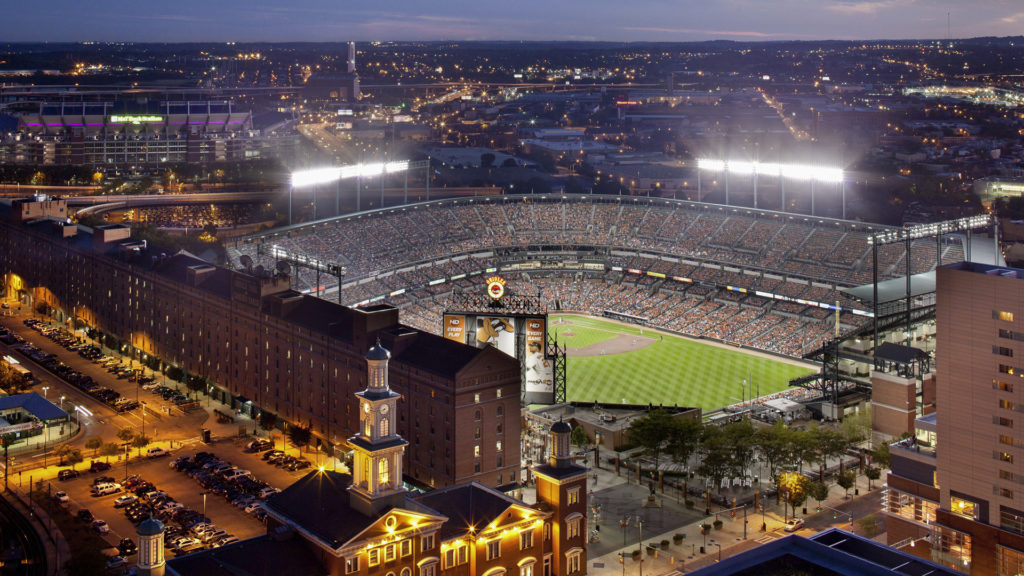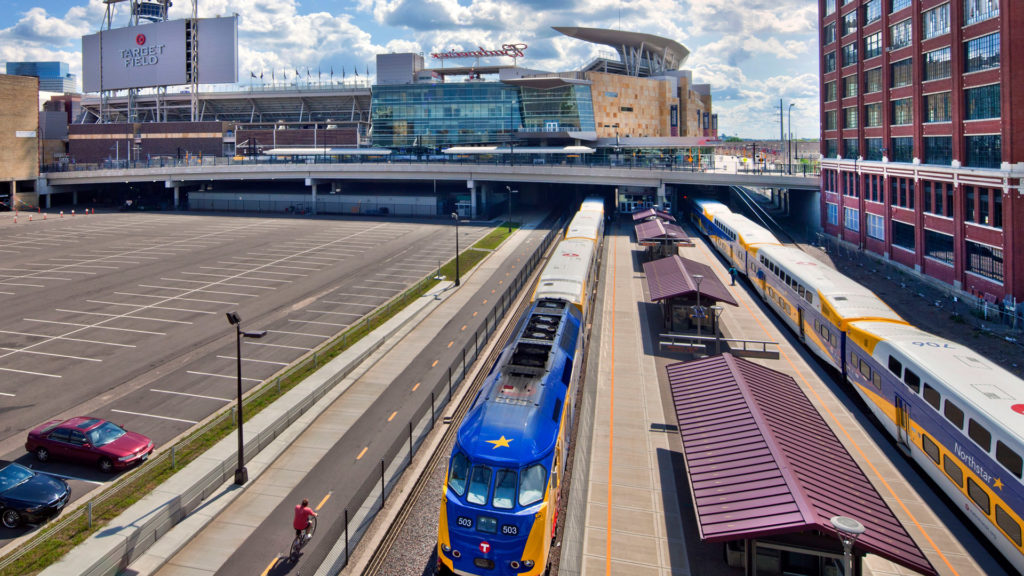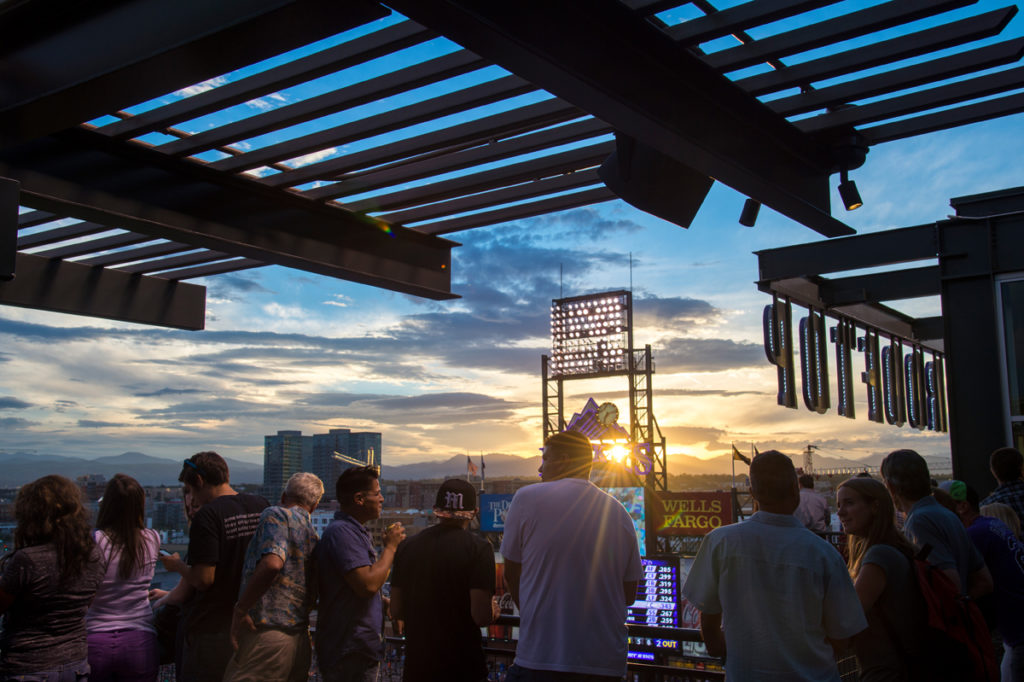Stadiums That Shape Downtowns: The Impact of Stadiums on Urban Redevelopment
November 28, 2012 / Earl Santee
-
Categories
Tags
Over the last 30 years, sport infrastructure has come to be an important catalyst for urban redevelopment, with arenas, ballparks and football stadiums serving as a framework for district development in each community. In cities like Minneapolis, architects, developers, civic groups, city planners and local government officials have invested in the future of their city, leading urban redevelopment efforts with the support of downtown Target Field. Their efforts have paid off, with Minneapolis boasting a reenergized downtown, enhanced quality of life and consistent growth in housing and retail.
In addition to Minneapolis, Kansas City has drawn attention for their efforts to revitalize downtown through projects like the Sprint Center, Kauffman Center for the Performing Arts and the Power and Light district. In December, CityAge will bring the Summit on the New American City to the Kansas City area, drawing attention to the importance of revitalizing existing cities through innovative development, cultural offerings, sport infrastructure and architecture. I will be moderating a panel on sport cities, discussing examples of cities that are thriving in large part because of strategic sport infrastructure including Minneapolis, Denver, Houston and Pittsburgh. Mayor Jim Gray of Lexington will sit on the panel and discuss the work the city of Lexington has done to examine how sports and events could impact their city.
The Summit on the New American City explores this concept of urban redevelopment- a topic that has long been on the mind of sports architects and urban planners at Populous- driving site selection and playing an integral role in the design process. The conversation becomes more pertinent as the number of Americans in urban areas continues to grow rapidly. Oriole Park at Camden Yards, a stadium that is widely credited for revitalizing downtown Baltimore and inspiring nearly 20 other Major League Baseball franchises to build in urban areas over the last two decades, is one of the earliest examples of the power of sports facilities on urban development. Attendance jumped to over 3 million a year, with 1,750 new housing units and 500,000 square feet of retail space built in the surrounding areas immediately following completion.

Camden Yards and the stadiums that followed it have been successful in large part because of the homage paid to their surroundings and vision for the future of the downtown area. We’ve seen urban success in Baltimore replicated in cities like Denver, Minneapolis, Houston, Pittsburgh and Cleveland. Stadiums in each of these cities served as a catalyst for change, resulting in collateral development that has ultimately transformed their downtowns. With the ability to continuously draw crowds of tens of thousands more than a hundred times a year, the area surrounding a stadium grows to accommodate visitors. Restaurants, bars and hotels can be situated near stadiums. Office buildings moving closer to these new districts and housing ultimately develops to meet the needs of residents. The stadium plays an integral role in the live, work, play equation, often encouraging development of the live and work portions by offering pedestrian-friendly connections to transit, frequent events and vibrant nightlife surrounding the stadium. These projects give downtowns defined purpose to connect, communicate and share great experiences.
Sports stadiums are not a one-size-fits-all solution to downtown redevelopment efforts. Existing population density in proximity to the stadium and growth patterns in the city should also be considered. However, the following cities, Minneapolis and Denver, are just a few examples of cities that have invested in developing sport infrastructure to grow their downtowns and have seen the rewards:
Minneapolis

The city has become a modern example of how impactful development of sports infrastructure can be on a city. From the addition of TCF Bank Stadium to the new Target Field, Minneapolis’ downtown is thriving. At Target Field, we worked with a site 95 percent smaller than all existing pro ballparks and faced a complex labyrinth of city elements (from a freight train line to an interstate) to ultimately design the most urban ballpark in the United States and Minneapolis is seeing the impact. In just 15 months after the ballpark’s opening, $36 million in new construction permits were issued within 5 blocks of Target Field, occupancy in downtown Minneapolis hotels around the stadium was up 19.4 percent during the first 6 months after opening and the use of the light rail to attend games is up nearly 7 percent.
Denver

Coors Field, situated in Denver’s Lower Downtown (LoDo), has had a lasting impact on the city’s development, leading to the growth of a charming and eclectic neighborhood surrounding the stadium where pioneering young professionals and families have flocked. The results of the investment in the stadium were both immediate and impactful with retail, restaurants and housing in the surrounding area growing rapidly. LoDo has seen an increase of housing units in the area by 408 percent, growth in the occupancy of hotels downtown by 25 percent and a substantial increase in the number of restaurants, night clubs, breweries and art galleries in the city. It was estimated that the economic influence of the stadium was double what initially was predicted- at $195 million a year.
In each of these cities the common denominator is an urban stadium that serves as an anchor for a bustling downtown, which has been accomplished by placing viable, authentic, architecturally appealing venues in urban neighborhoods, leaving a lasting impact on the people, the businesses and the future of the city.
